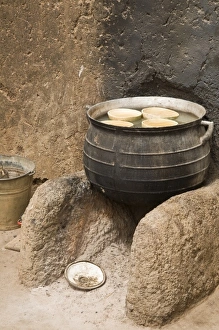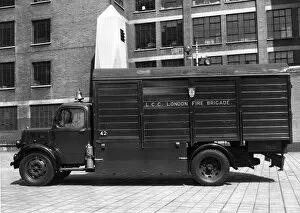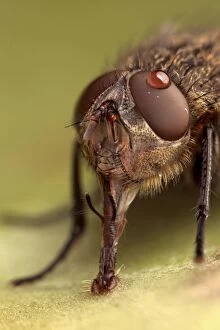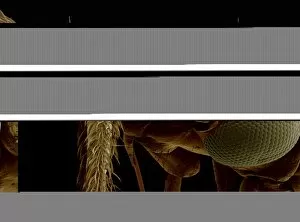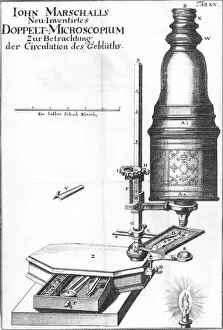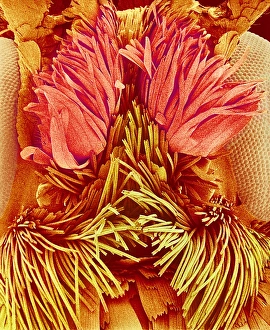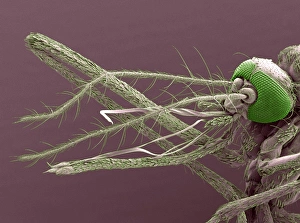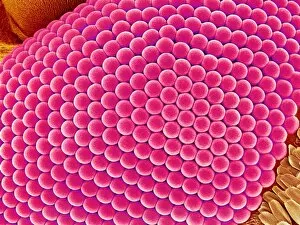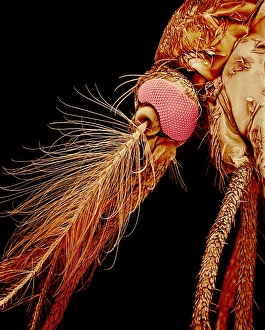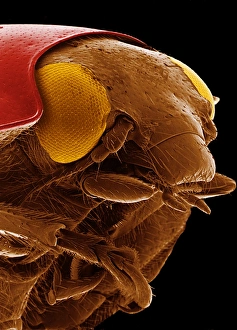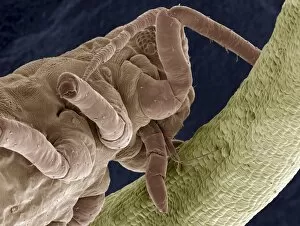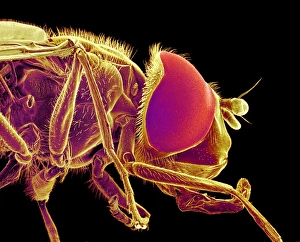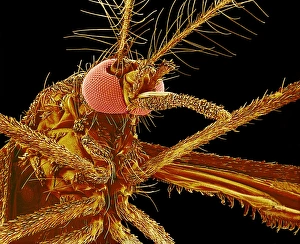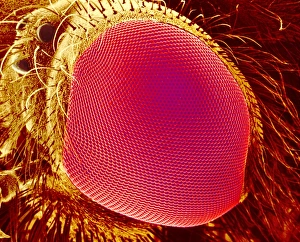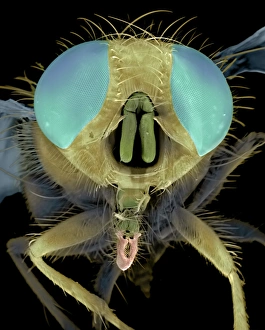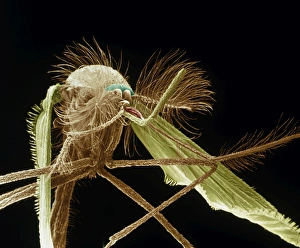Compound Collection (page 21)
A fascinating world of compounds unfolds in this captivating collection of images
All Professionally Made to Order for Quick Shipping
A fascinating world of compounds unfolds in this captivating collection of images. From the ancient artistry of knapped flint tools to the intricate beauty of copper and magnesium sulphate crystals, each compound tells its own unique story. In a mesmerizing light micrograph, caffeine crystals shimmer with delicate intricacy, while the process of threshing wheat showcases the compound's vital role in agriculture. The stunning EDTA crystals reveal their exquisite structure under microscopic examination, offering a glimpse into their molecular composition. Oxytocin hormone crystals take center stage in another breathtaking light micrograph, showcasing nature's ability to create intricate patterns. Meanwhile, an ant captured through scanning electron microscopy reminds us that even tiny creatures are composed of complex compounds. Artwork depicting secondary structures of proteins invites contemplation on the building blocks that make life possible. The perovskite crystal structure captivates with its geometric precision and potential for technological advancements. The Simulium damnosum, also known as the Simulian blackfly, is showcased as a remarkable example of nature's interconnectedness and reliance on compounds for survival. Light micrographs unveil oxytocin crystals once again, highlighting their ethereal beauty. Finally, a honey bee captured through scanning electron microscopy serves as a reminder that compounds shape not only our surroundings but also play an essential role in sustaining life itself. This captivating journey through various compounds offers glimpses into both natural wonders and human ingenuity. It underscores how these fundamental elements shape our world in ways both seen and unseen – from ancient tools to modern technology – reminding us that everything around us is ultimately comprised of compounds waiting to be discovered and understood.

